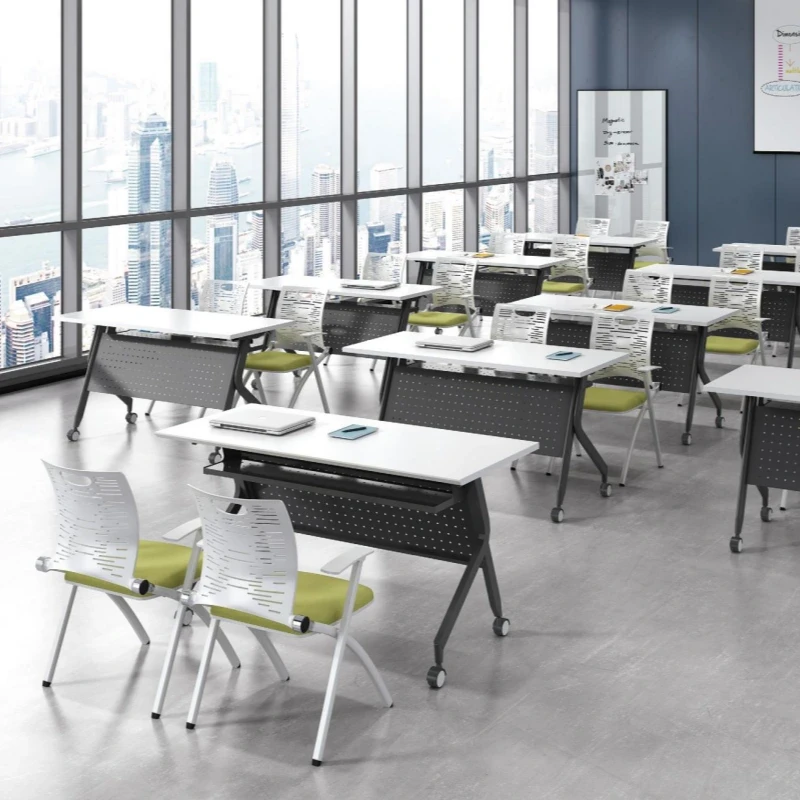In daily life, many people ask whether sofas contain formaldehyde. The truth is, sofas do contain some formaldehyde. As people's quality of life improves, their expectations for furniture are also increasing. So, how do you remove formaldehyde from sofas? Using a common fabric sofa as an example, Delo's leather sofa explains whether sofas contain formaldehyde and how to remove it.
Fabric sofas are popular for their stylish aesthetic, affordability, ease of cleaning, and ease of maintenance. However, few people realize that they can also be a major source of formaldehyde in indoor spaces. Commonly used fabric sofas contain formaldehyde. Most fabric sofas are made from artificial boards, and some low-quality boards can emit significant amounts of formaldehyde. Therefore, when purchasing a fabric sofa, be sure to check whether the manufacturer has comprehensive environmental testing certificates.
Formaldehyde is very harmful and affects human health. We can remove formaldehyde through various methods. The most common method is to open windows for ventilation to eliminate the formaldehyde smell inside the sofa. Opening windows for ventilation can expel formaldehyde and other harmful substances released by the sofa into the room, while also introducing fresh air and reducing the formaldehyde concentration in the indoor air. For example, if you have a fabric sofa in the living room, you can frequently open the windows in the living room to ventilate the room to eliminate the formaldehyde inside the sofa. It should be noted that since formaldehyde takes a long time to volatilize, it is necessary to open windows for ventilation for a long time to be effective.
Additionally, you can place some green plants indoors to absorb formaldehyde. Placing plants near your sofa not only adds ambiance to the room but also absorbs formaldehyde. For example, common small-sized fabric sofas, modular fabric sofas, and corner fabric sofas are all suitable for formaldehyde absorption. Formaldehyde takes a long time to evaporate, so active prevention and removal of adsorption are necessary to gradually eliminate it.

 USD
USD
 GBP
GBP
 EUR
EUR

































